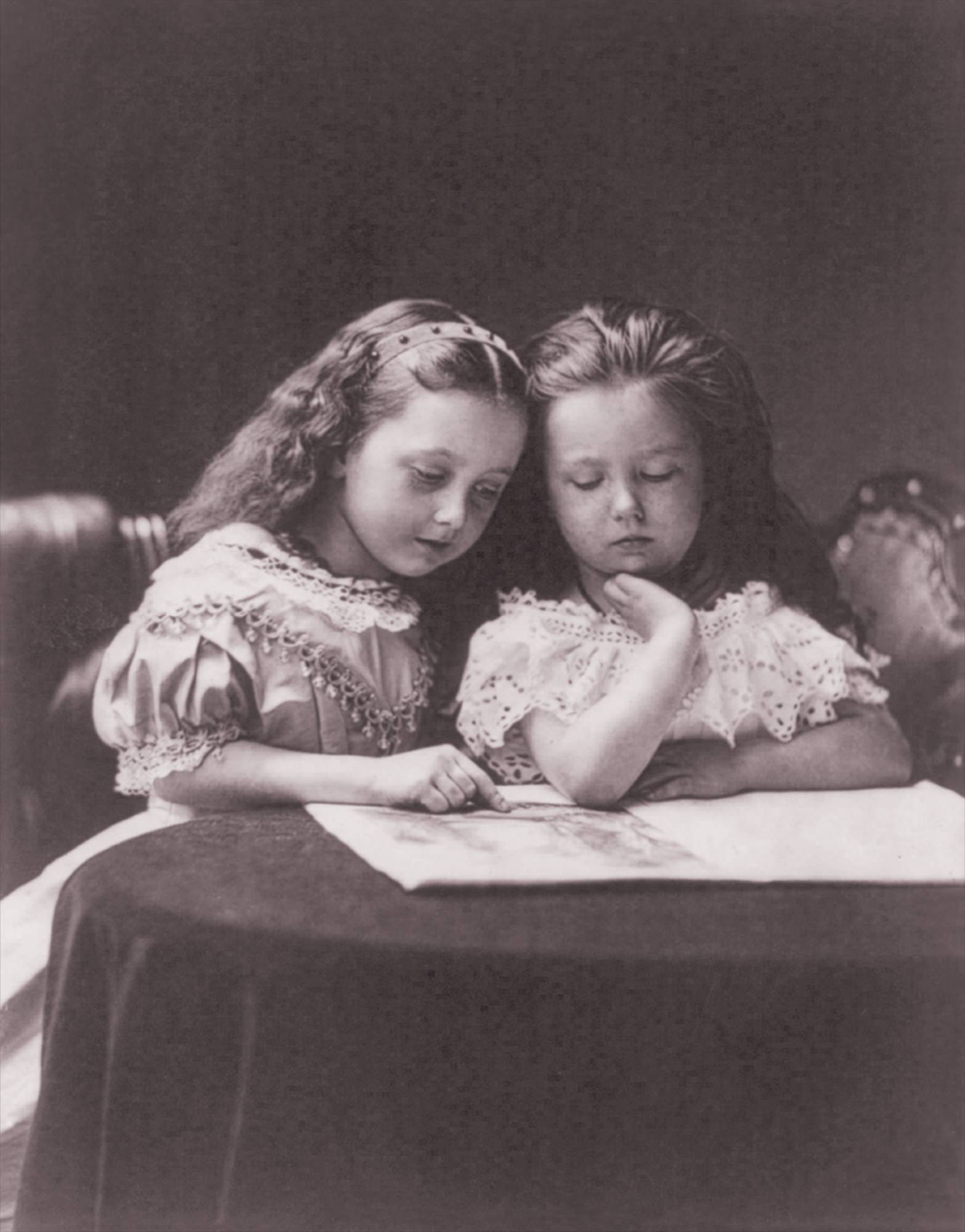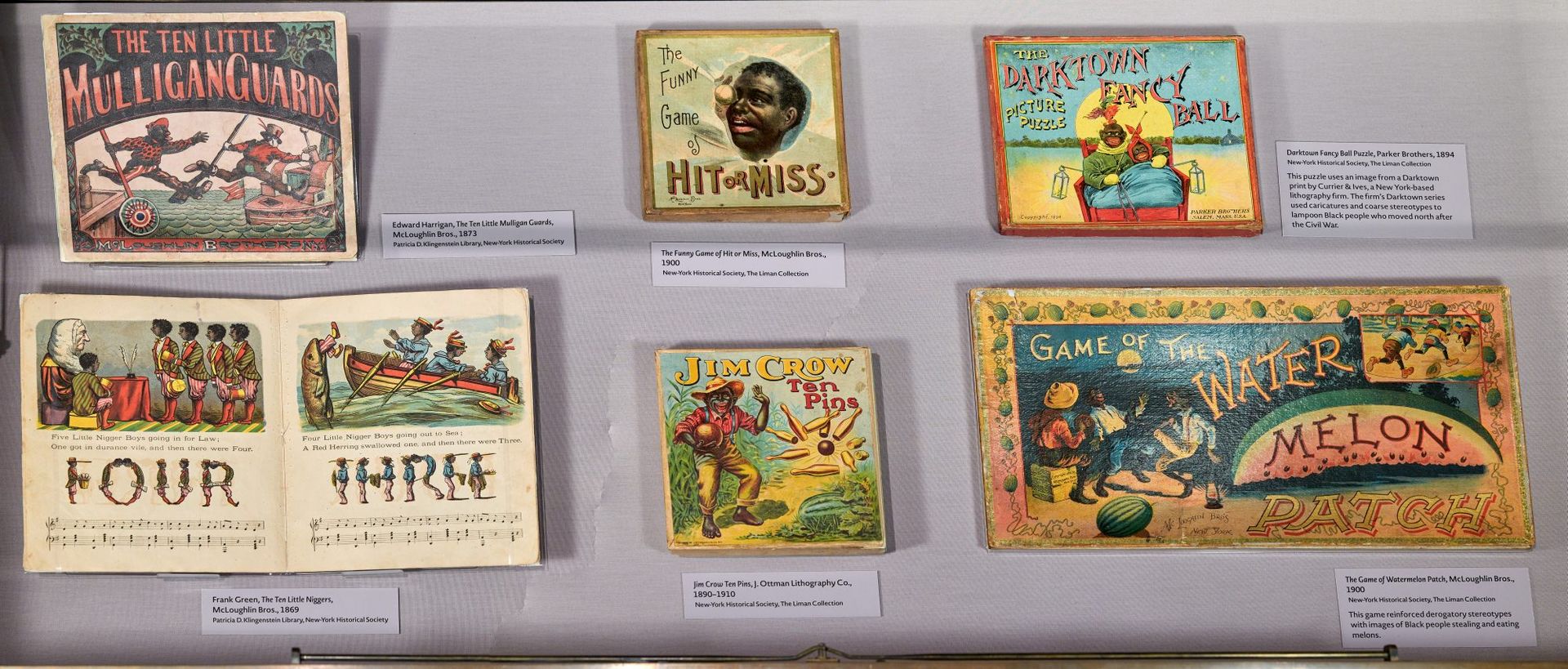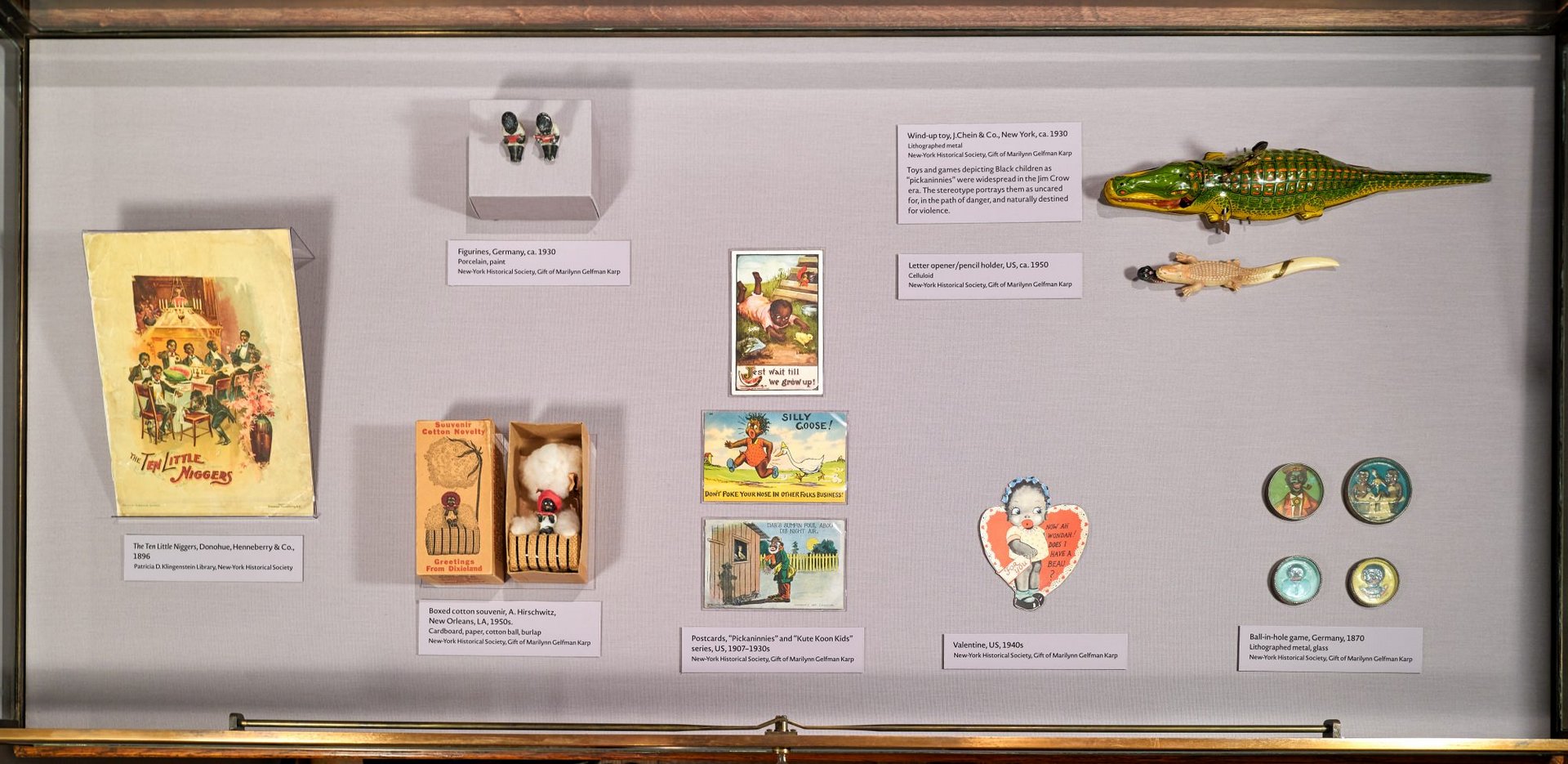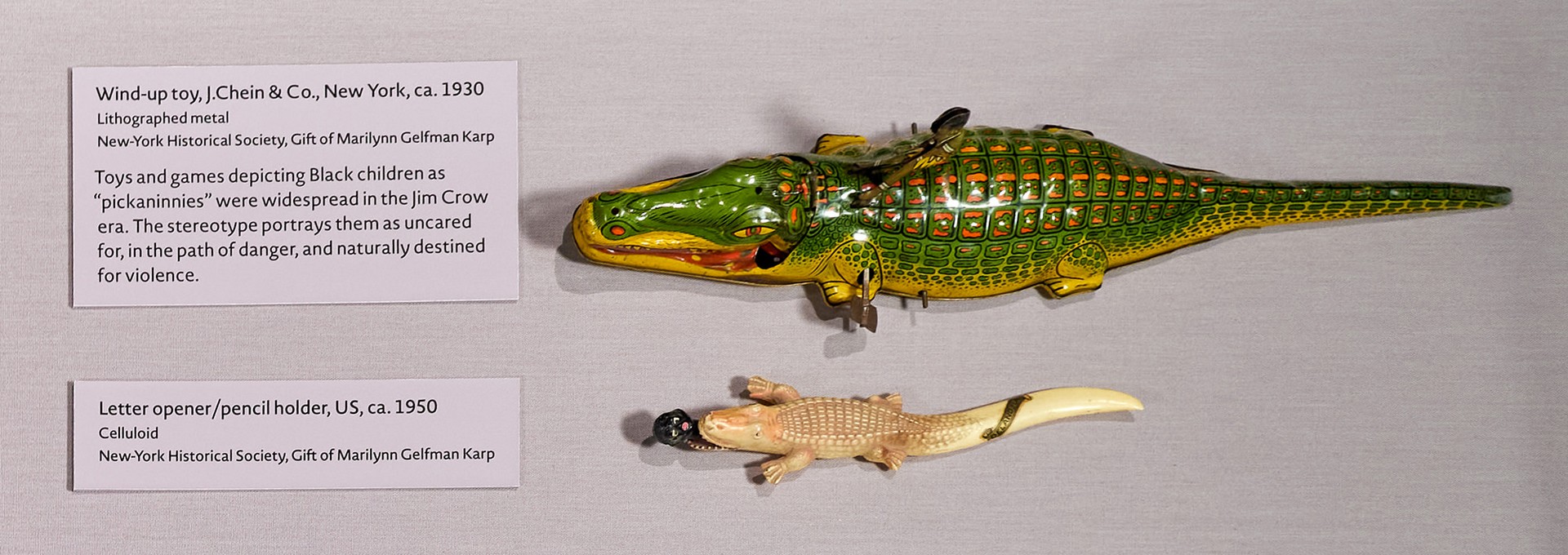




The dolls in this exhibition were mostly made by Black
women who chose to depict Black people as dignified, cared for, and loved.
These representations stand in direct opposition to Jim Crow-era imagery, which
predominantly depicted African Americans using derogatory stereotypes.
The consumer culture that spread across the United
States following the Civil War upheld social and cultural boundaries between
Black and white. It reinforced—sometimes overtly, sometimes subtly—the idea
that differences between the races were natural rather than socially
constructed. Commercial toys, games, and books marketed towards children
reflected this notion.
Board games encouraged violence towards Black
characters, and children’s books and other toys depicted them as comical or
inept. The artifacts of play displayed here underscore the messages of racism
that pervaded the worlds of white and Black children for decades after
emancipation.
This display of items from the Jim Crow era includes offensive imagery and language.

Henry Peach Robinson (1830-1901)
Two small girls reading at
small round table
, 1869
Library of Congress, Prints and Photographs Division

Brownies' Book,
November 1921
Library of Congress,
Rare Book and Special Collections
Division



